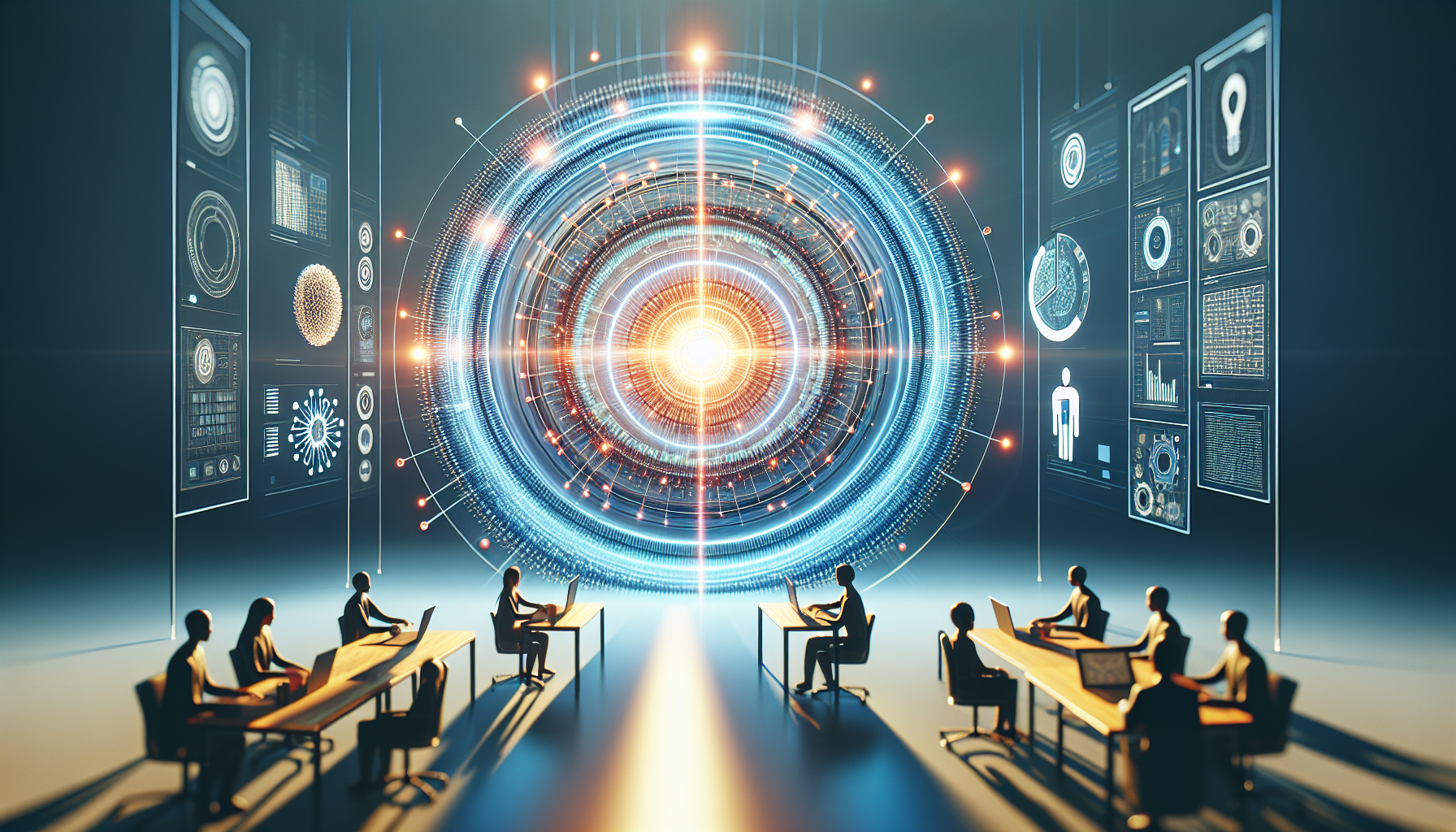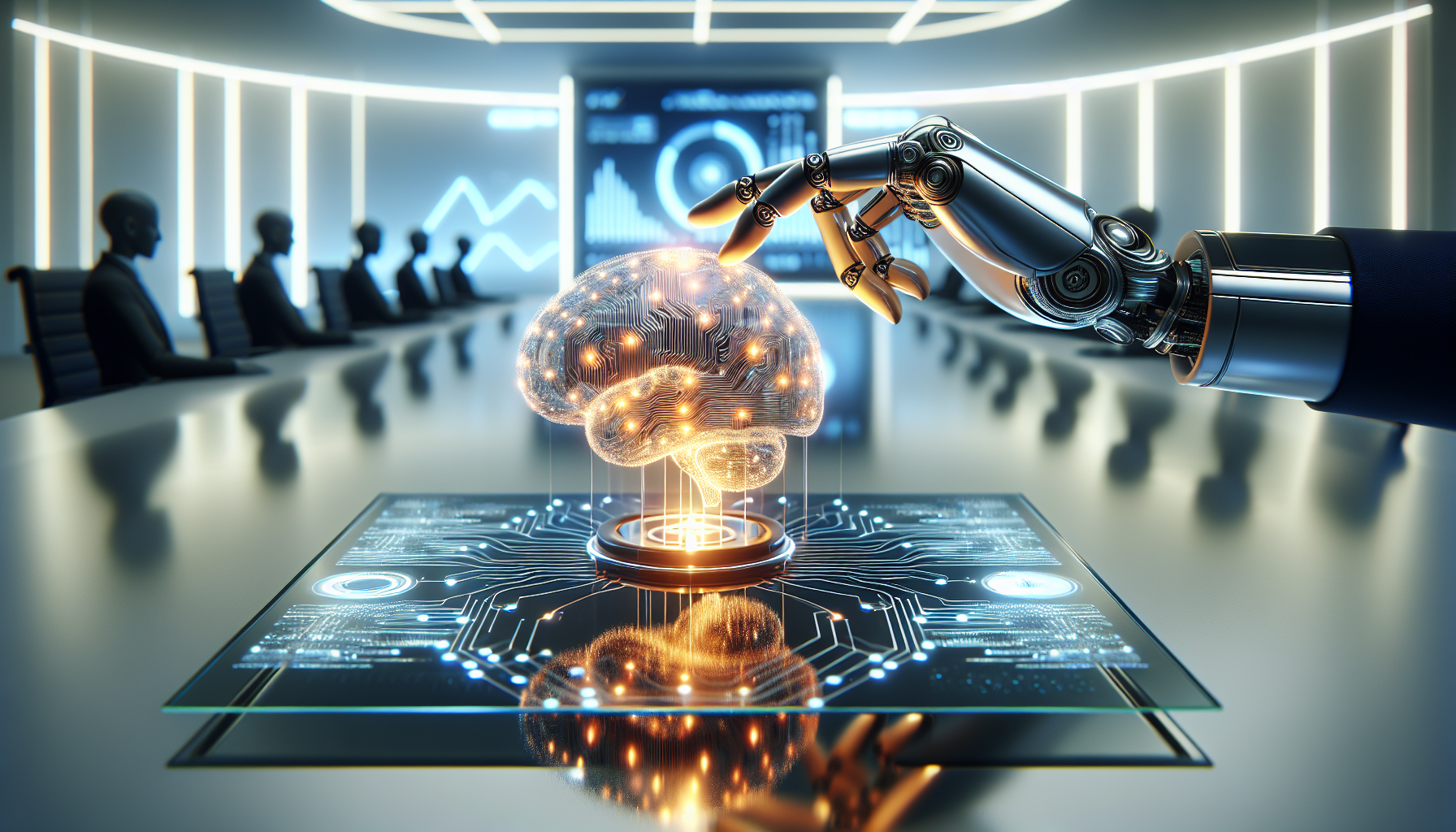
AI and Privacy: Navigating the Tension Between Innovation and Data Protection
October 9, 2025
Artificial intelligence has been lauded as the technological marvel of our era, with its capacity to revolutionize industries ranging from healthcare to finance. Yet, as AI systems become increasingly sophisticated, they simultaneously raise profound questions regarding privacy and the future of personal data protection. The tension between driving innovation and safeguarding individual privacy is not merely a technical challenge but a societal dilemma that demands a nuanced approach.
In the core of this debate lies the data that fuels AI systems. Machine learning algorithms require vast amounts of data to train and improve. This data often includes personal information that, if mismanaged, can lead to breaches of privacy. As AI technologies advance, the demand for comprehensive datasets grows, prompting organizations to collect more personal information than ever before.
One might argue that the solution rests in anonymizing data. However, anonymization is not a panacea. Researchers have demonstrated that supposedly anonymous datasets can often be re-identified by cross-referencing with other data sources. This re-identification risk underscores the need for more robust data protection measures that go beyond superficial anonymization.
The concept of differential privacy has emerged as a promising approach to address these privacy concerns. Differential privacy introduces a level of noise into the dataset, ensuring that the removal or addition of a single data point does not significantly affect the output of any analysis. This technique protects individual privacy while maintaining the utility of the data for AI applications. However, the implementation of differential privacy is not without its challenges, particularly regarding its impact on data accuracy and the computational resources required.
Regulatory frameworks are also pivotal in this conversation. Policies such as data protection regulations have been instituted in various regions to ensure that data privacy is prioritized. These regulations mandate transparency, user consent, and stringent data protection practices. Yet, the rapid pace of AI innovation often outstrips the ability of regulatory bodies to adapt. Consequently, a collaborative effort between technologists, policymakers, and ethicists is essential to develop agile frameworks that can keep pace with technological advancements.
AI practitioners must also consider the ethical implications of their work. The integration of ethics into AI development is crucial to ensuring that technologies are designed with privacy considerations at their core. This ethical design approach involves embedding privacy-preserving features during the initial stages of system development rather than retrofitting solutions after deployment. Such proactive measures can help mitigate privacy risks before they manifest.
The role of AI in privacy extends beyond personal data collection. AI systems are increasingly deployed to monitor and analyze behaviors, often without explicit user consent. Facial recognition technology, for instance, has sparked significant controversy due to its potential for surveillance and privacy invasion. The deployment of these technologies must be carefully scrutinized to balance the benefits of AI with the rights of individuals to maintain control over their personal information.
Moreover, public awareness and education are vital components of this equation. Individuals must be empowered with knowledge about how their data is used and the implications of AI technologies on their privacy. Transparency from organizations and clear communication about data practices can foster trust and allow users to make informed decisions about their personal information.
Amidst the challenges, there lies an opportunity for innovation in the realm of privacy-preserving AI technologies. Federated learning, for example, offers a promising alternative by enabling AI models to be trained across decentralized devices without transferring raw data to a central server. This approach not only enhances privacy but also reduces the risk of data breaches, showcasing how innovation can align with privacy protection.
Ultimately, the pursuit of AI advancement and the protection of privacy are not mutually exclusive goals. By embracing innovative privacy-preserving techniques, adopting robust regulatory frameworks, and fostering a culture of ethical AI development, we can chart a course that respects both technological progress and individual rights. The critical question remains: how can we ensure that the pursuit of AI innovation does not come at the cost of our fundamental right to privacy? This question invites a deeper exploration into the ways we can harmonize these two imperatives, urging society to redefine the relationship between technology and personal freedom.


